Request a Free Estimate 647-500-5263
Customer Portal LoginWhy Should You Identify Weeds?
Broadleaf Weeds
| Classification | Description | Examples |
|---|---|---|
| Summer Annual Weeds | They begin to germinate in early spring and grow throughout the warmer season. | Carpetweed, mallow, and knotweed |
| Winter Annual Weeds | They germinate from late summer through fall. | Chickweed, deadnettle, henbit, and speedwell |
| Biennial Weeds | They complete their life cycle over two different growing seasons. | Bull thistle, hemlock, evening-primrose, and hogweed |
| Perennial Broadleaf Weeds | They reproduce by seeds and vegetative means and are persistent every year. | Buttercup, dandelion, Indian strawberry, and white clover |
Grass-like Weeds

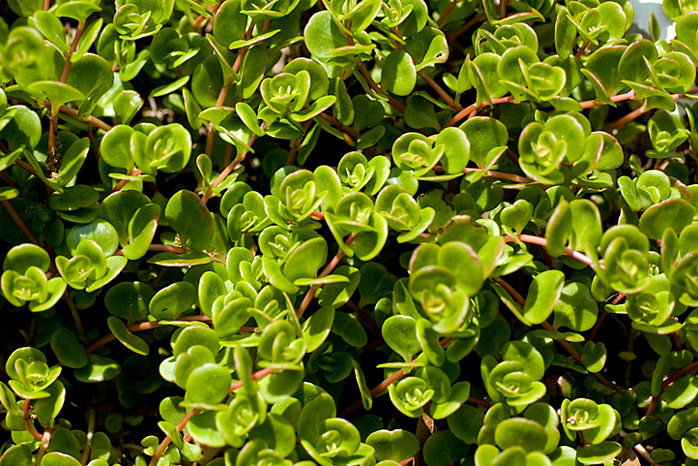
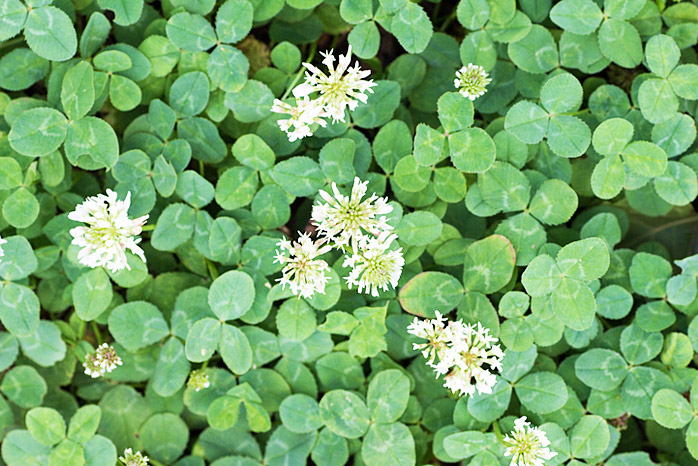
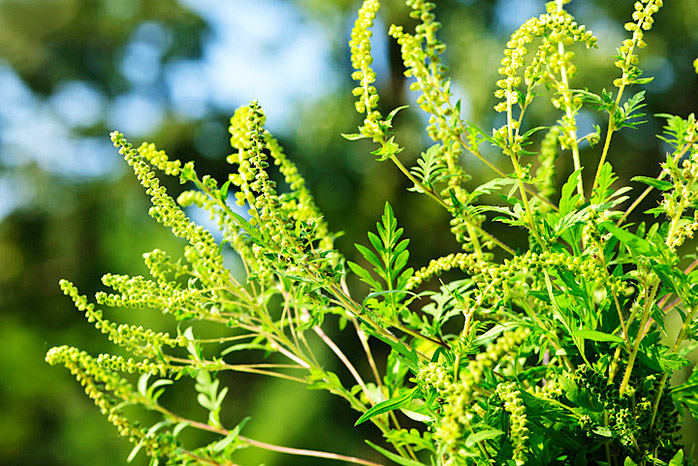
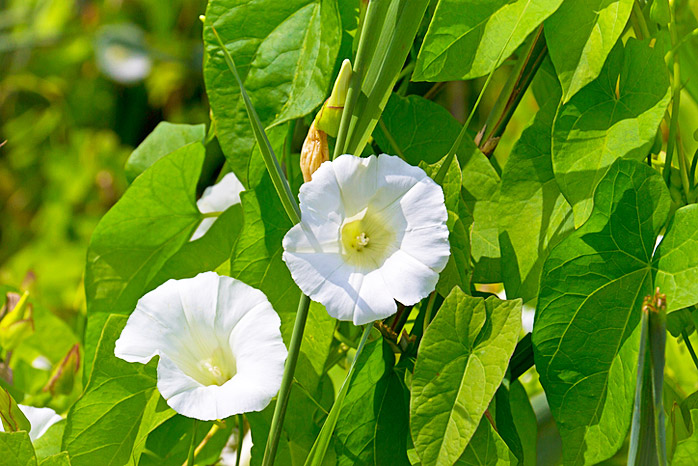
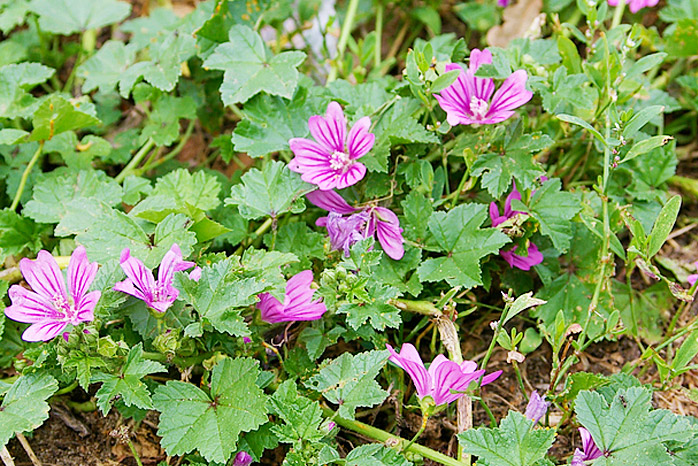
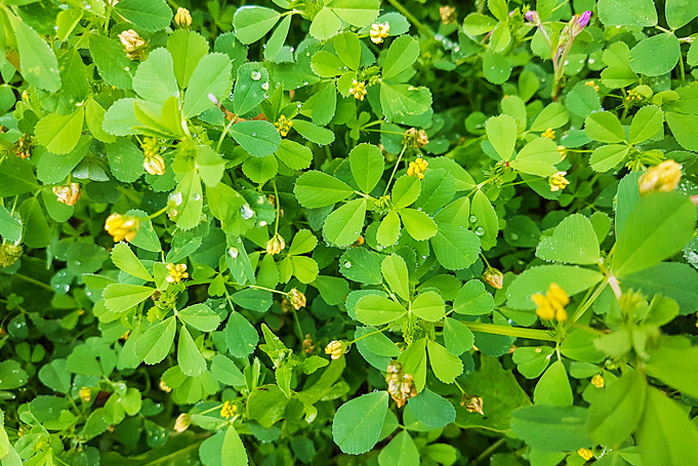
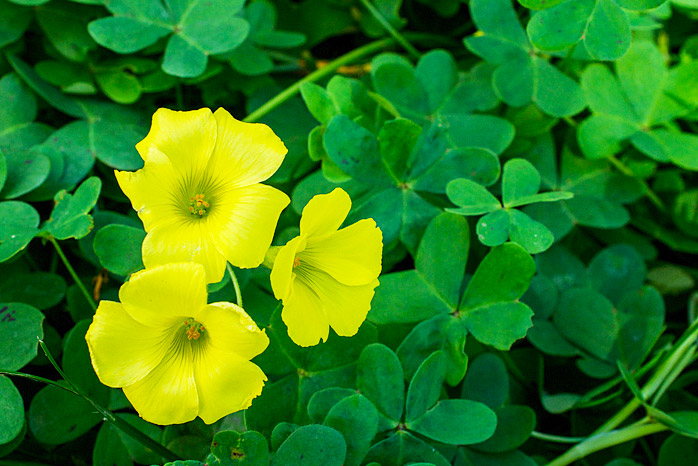
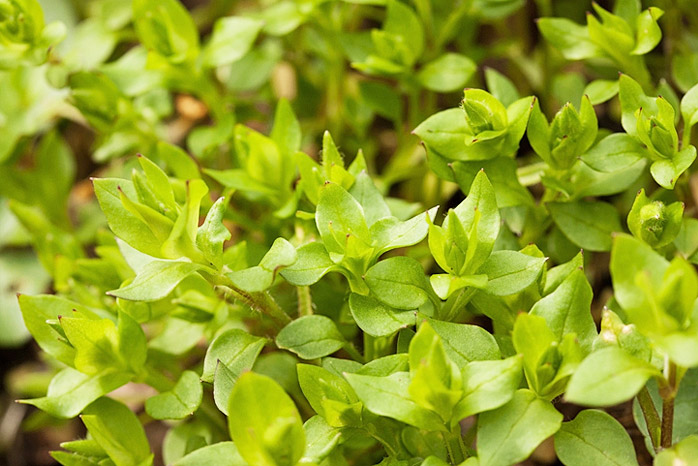
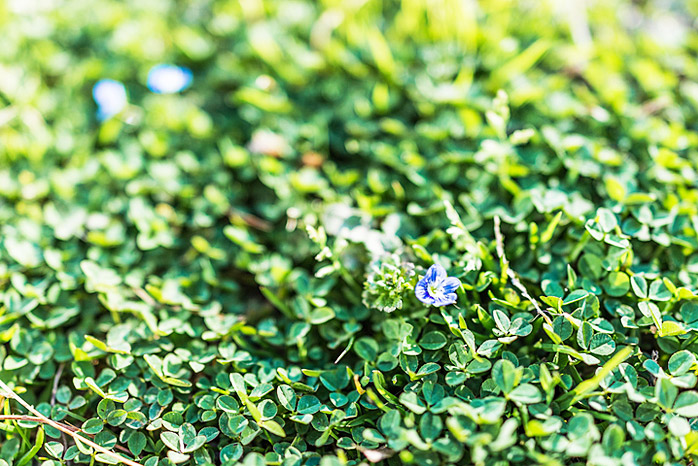
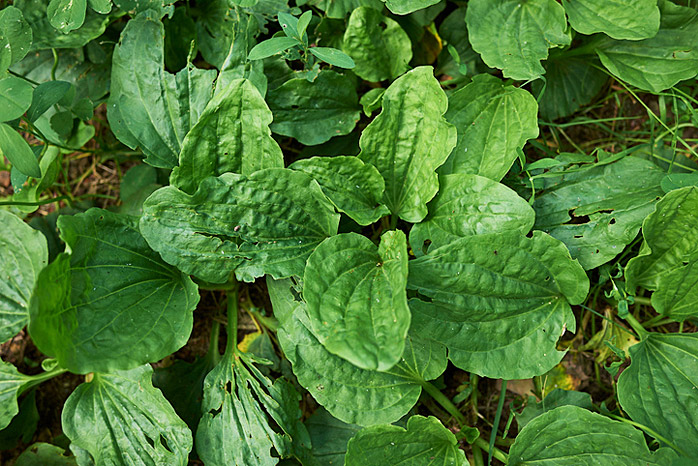
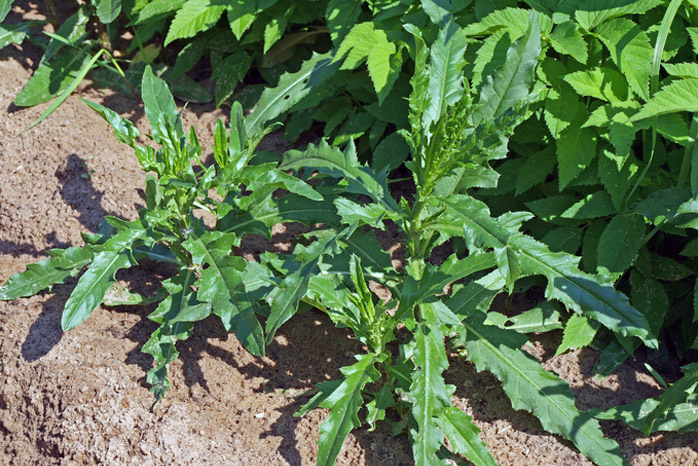
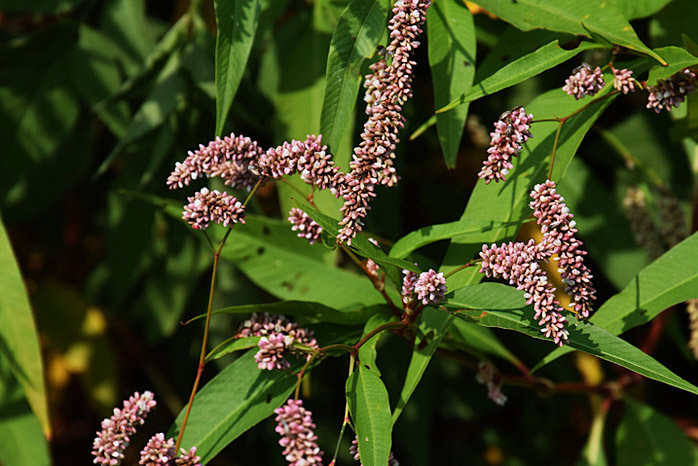
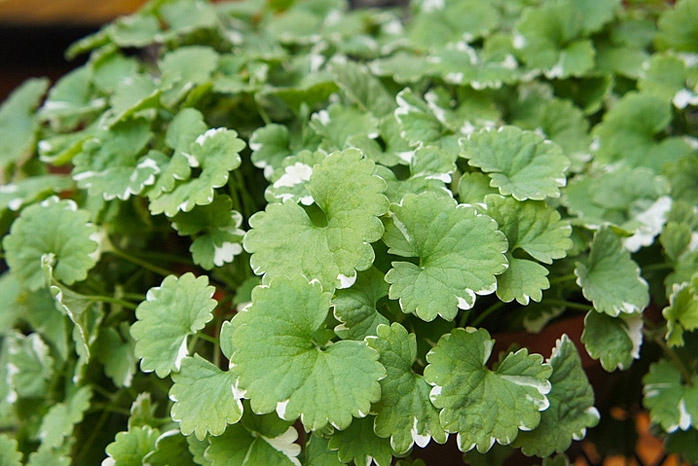
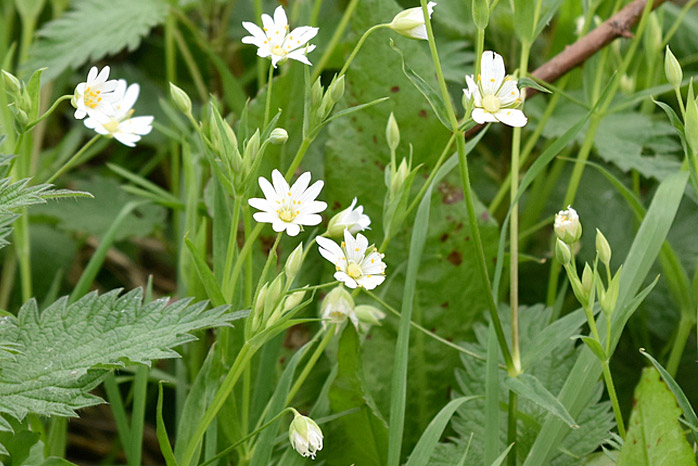
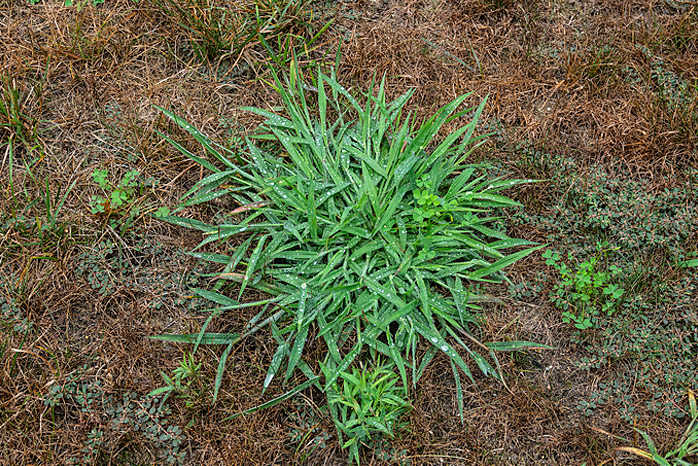
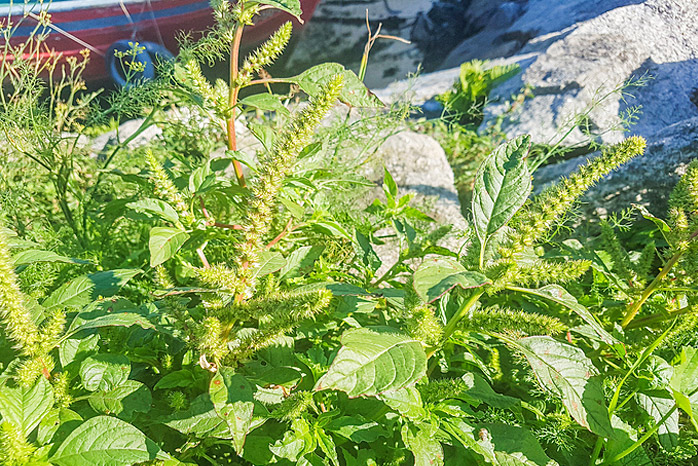
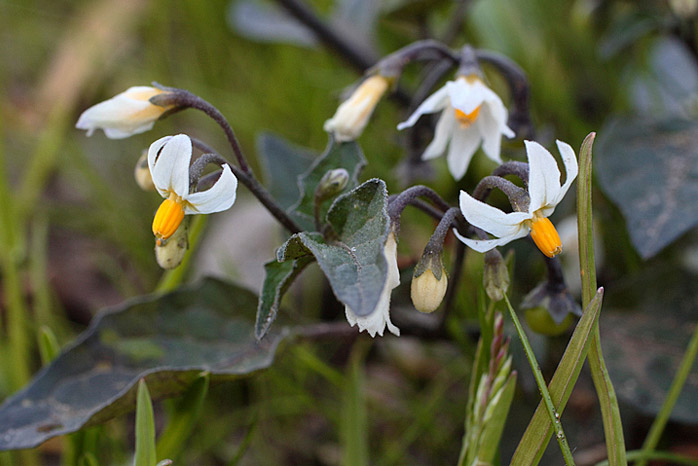
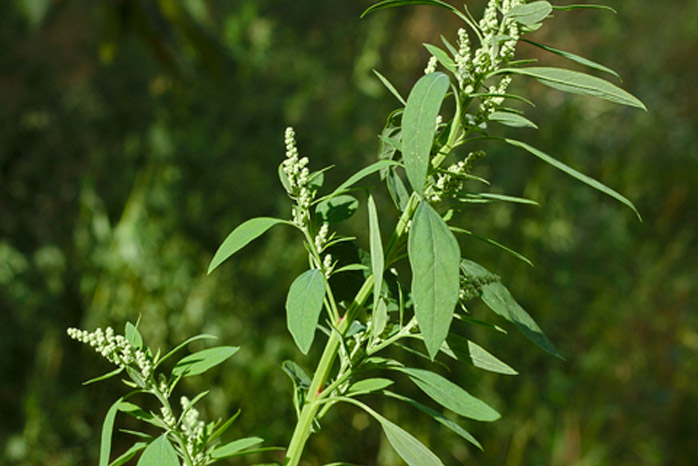
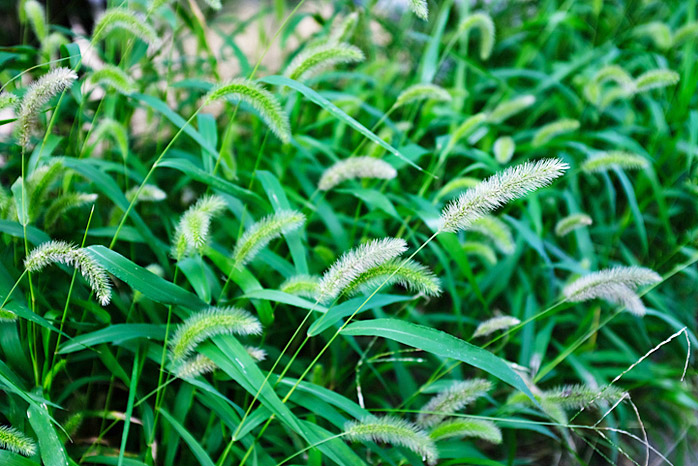
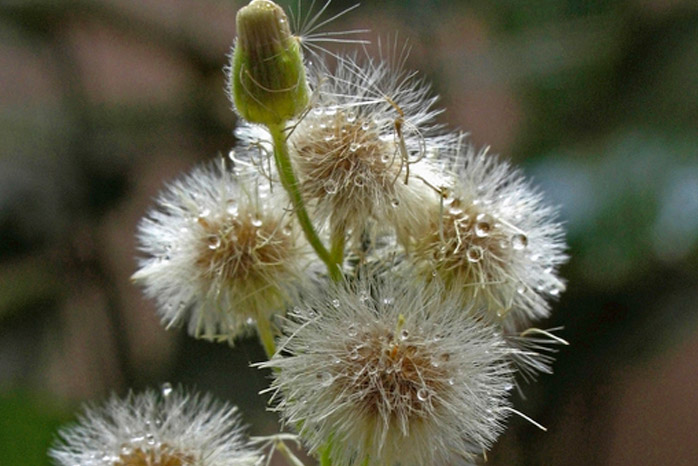
Copyright © 2020 All Rights Reserved.
Website By WSI Comandix